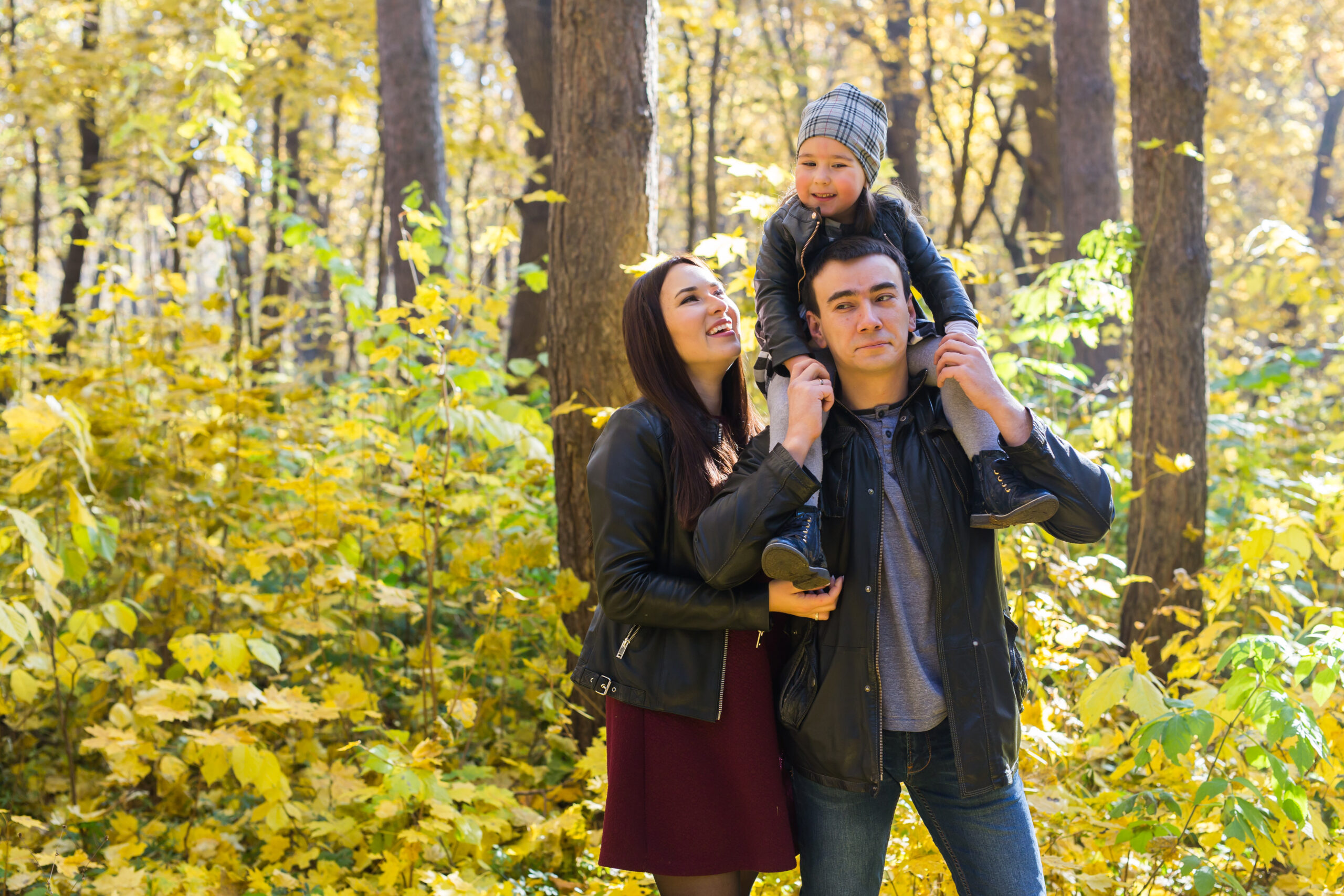Have you ever wondered why children heal faster than adults? It’s truly something you do not appreciate as a child. It’s not fun missing work for two weeks after a tonsillectomy at age 25 when you could have recovered in a week when you were younger.
Children generally heal faster than adults, especially with fractures. This may seem mind-boggling at first, but it actually makes a ton of sense once explained. Basically, a child’s bone is still growing, and this growth process continues even after a break. But an adult bone is fully developed and does not benefit from growth patterns. Let’s take a deeper dive into this idea for a better understanding, as well as common fractures for children.
Anatomic differences: children vs. adults
First, bones in children and adults have anatomical differences. A fully-developed adult bone is made up of two regions—the diaphysis and metaphysis—while a developing child’s bone has four regions—the diaphysis, metaphysis, epiphysis, and physis.
The physis is the growth plate, while the epiphysis is the rounded portion at the end of the bone. The epiphysis starts out as cartilage and contributes to the joint, but eventually hardens and attaches to the bone as the child develops.
Due to the difference in makeup, the osteoid density of a child’s bone is less than that of adults. The juvenile bone holds more Haversian canals—minute tubes that form a network in the bone and contain blood vessels—and makes the bone more flexible than the adult bone. Even though children and adults share similar risks for injury, the developing bone may break differently than a fully developed bone.
Growth plates and Growth Plate Fractures
Growth plate fractures occur in the area of cartilage located at the ends of the bone, the area mentioned in the paragraph above that will eventually harden as the bone develops. Since growth plates determine the future length of the bone, immediate treatment is necessary, as no treatment can lead to deformed or stunted growth. 15 to 30 percent of childhood fractures occur in the growth plates, but treating this injury is rather routine and serious problems are rare.
Flexibility (buckle injury)
Children’s bones can actually bend before they break. An adult bone is strong and rigid, it takes immense force to fracture, but it will eventually snap. The flexibility of a child’s bone means it will bend more before it breaks, leading to a different kind of fracture.
Buckle fractures are quite common in the forearm but can happen to any bone. More than 40 percent of childhood fractures occur in the forearm. This is less due to the makeup of the arm and more to how we use it, as forearm fractures are common in adults as well. When we fall, we use our arms to brace, and active children fall down frequently.
Buckle fractures occur when the bone is compressed and bends away from the growth plate. The flexibility of the bone mostly causes stable and greenstick fractures, both standard fractures that can be repaired routinely, and complications are rare.
Bowing
It is rather common for long bones, especially in the legs, to bow as a child develops. Bowing in the legs can be seen when a child stands with their feet together and a distinct space is seen between the lower legs and knees. A child’s risk of bowing is increased when they are significantly overweight, but can also occur naturally and even into adolescence. The body typically fixes bowing naturally, but significant bowing that is not resolved may be a sign of an underlying disease such as Rickets, Blount’s disease, or Physiological Genu Varum.

